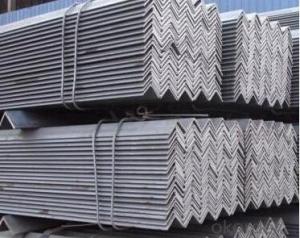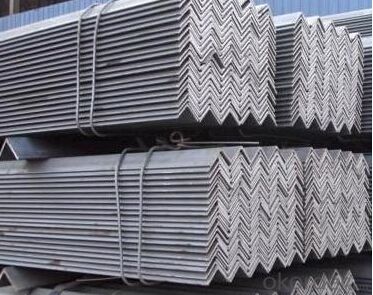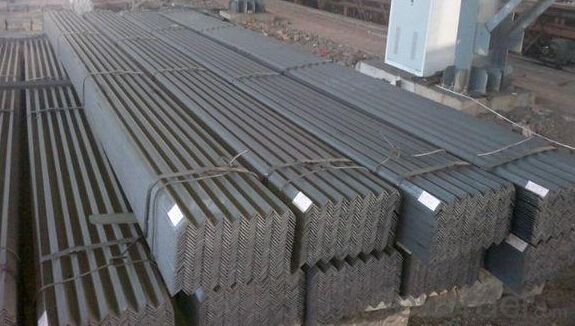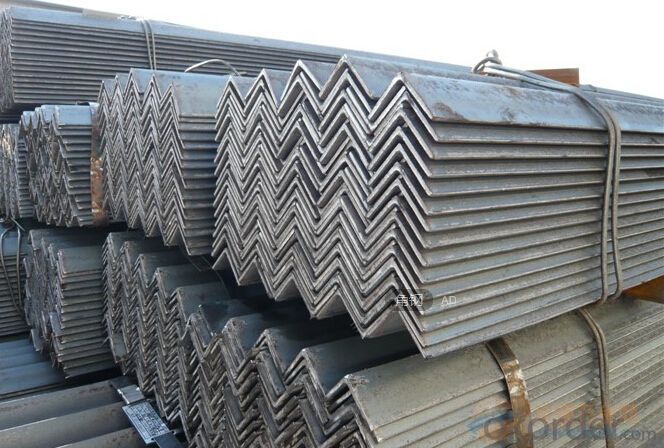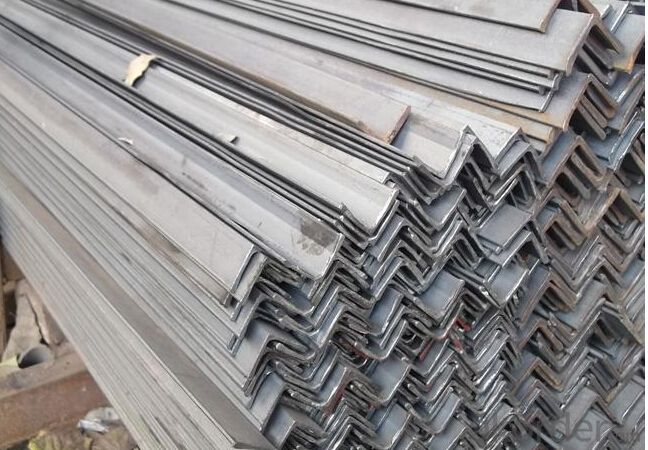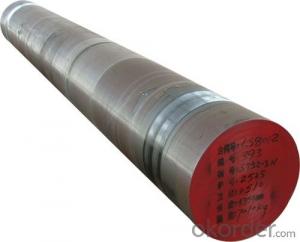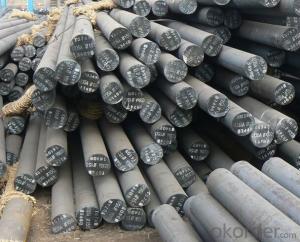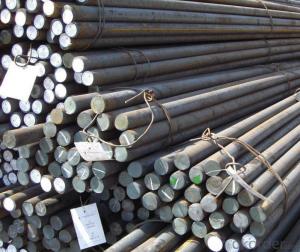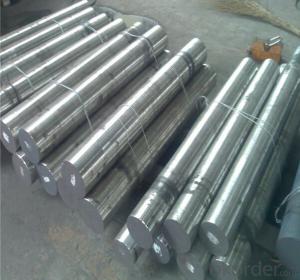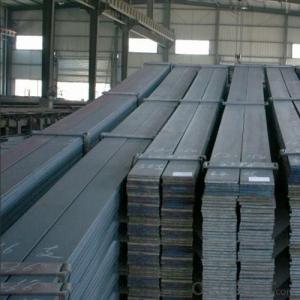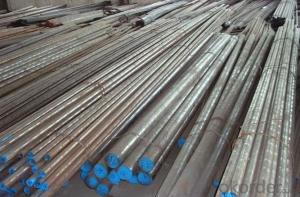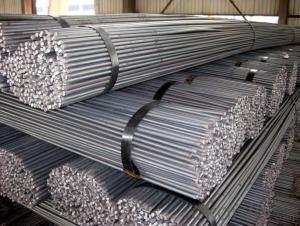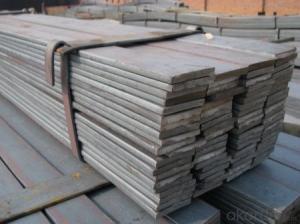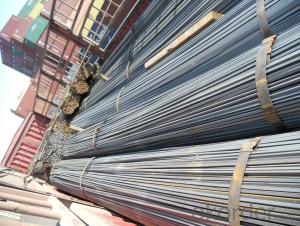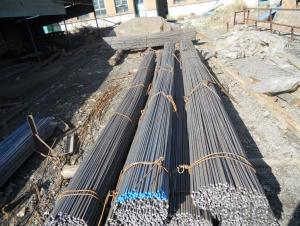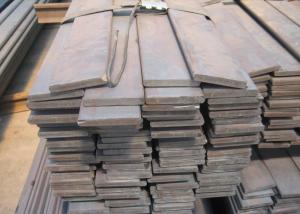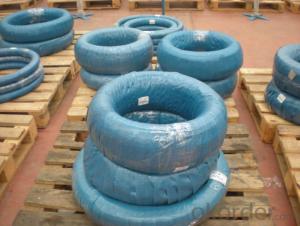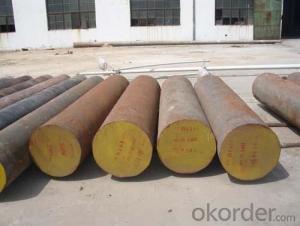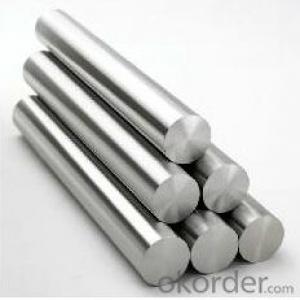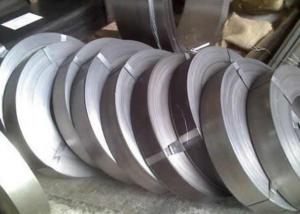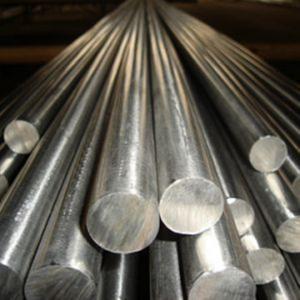Black Hot Rolled Mild Carbon Q235 SS400 A36 Steel Angle Bar
- Loading Port:
- Tianjin
- Payment Terms:
- TT or LC
- Min Order Qty:
- 3 m.t.
- Supply Capability:
- 10000 m.t./month
OKorder Service Pledge
OKorder Financial Service
You Might Also Like
Specification
Detailed Information
Name | Equal/Unequal Angle Steel Bar |
Shape | Equal/Unequal Angle |
Standard | GB/ASTM/SAE/AISI/DIN/JIS/EN/BS |
Surface Treatment: | Black/Peeling/Polished/Machined |
Delivery Condition: | Hot Rolled or Forged/Peeled or Black Surface |
Test | SGS/UT 100% Elements Testing |
Certificate: | ISO/Mill Certificate |
Service: | 24 hours online service / |
more than 20 years trading and manufacture | |
Quality Assurance: | the third party inspection, such as SGS, BV, TUV…etc. is acceptable |
Packaging Details: | Seaworthy Packaging or as per customer's packing instruction |
Specification
Name | angle bar |
angle bar standard | AISI, ASTM, BS,DIN,GB,JIS |
angle bar grade | A36, SS400, Q235, Q345, S235,S275 |
angle bar price | 25*3-200*20 |
angle bar length | 6-12m |
angle bar technique | Hot rolled steel angle |
angle bar tolerance | As the standard or as your requirement |
angle bar surface treatment | Galvanized, paint |
angle bar application | Metal structure, bridge, machiner, shipbuilding industry |
angle bar certificated | BV |
angle bar packing details | standard export packing or as your requirement |
angle bar MOQ | 3 tons |
angle bar delivery | Within 25 days after deposit |
angle bar payment | T/T or L/C |
Advantage of angle bar
1.Convenient in construction and save much time and labor
2.High mechanical strength
3.Low price, high quality
Company Introduction
CNBM International Corporation is the most import and export platform of CNBM group(China National Building Material Group Corporation) ,which is a state-owned enterprise, ranked in 270th of Fortune Global 500 in 2015.
With its advantages, CNBM International are mainly concentrate on Cement, Glass, Iron and Steel, Ceramics industries and devotes herself for supplying high quality series of refractories as well as technical consultancies and logistics solution.
Packaging & Delivery
Packaging Detail | Sea worthy packing /as per customer's packing instruction |
Delivery Detail | 15 ~ 40 days after receiving the deposit |
Products Show

FAQ
Are you a trading company or manufacturer? | Manufacturer |
What’s the MOQ? | 3 metric ton |
What’s your delivery time? | 15-35 days after downpayment received |
Do you Accept OEM service? | Yes |
what’s your delivery terms? | FOB/CFR/CIF |
What's the Payment Terms? | 30% as deposit,70% before shipment by T/T |
Western Union acceptable for small amount. | |
L/C acceptable for large amount. | |
Scrow ,Paybal,Alipay are also ok | |
Why choose us? | Chose happens because of quality, then price, We can give you both. |
Additionally, we can also offer professional products inquiry, products knowledge train (for agents), smooth goods delivery, excellent customer solution proposals. | |
What's your available port of Shipment? | Main Port, China |
What’s your featured services? | Our service formula: good quality+ good price+ good service=customer's trust |
Where are your Market? | Covering more than 160 countries in the world |
- Q: How does special steel perform in radiation shielding applications?
- Special steel is an excellent choice for radiation shielding applications due to its high density and ability to absorb and scatter radiation effectively. Its unique composition and properties allow it to provide a strong barrier against various types of radiation, ensuring the safety of individuals and equipment in radiation-prone environments.
- Q: How are titanium alloys used in the medical industry?
- Titanium alloys are widely used in the medical industry due to their biocompatibility and excellent mechanical properties. These alloys are used to manufacture medical implants, such as joint replacements, bone plates, and dental implants, as they have a low risk of rejection by the body and can withstand the stresses of daily activities. Additionally, titanium alloys are used in surgical instruments and equipment, as they are lightweight, durable, and resistant to corrosion, ensuring patient safety and long-term performance.
- Q: What are the specific requirements for special steel used in the railway wheel industry?
- The specific requirements for special steel used in the railway wheel industry include high strength and toughness, excellent wear resistance, good heat resistance, and the ability to withstand heavy loads and impact. The steel must also have low levels of impurities to ensure its durability and longevity in the demanding railway environment. Additionally, it should possess good fatigue resistance to withstand repeated stress cycles and meet specific dimensional and mechanical property standards set by the industry.
- Q: How does special steel perform in cryogenic fatigue resistance?
- Special steel generally performs well in cryogenic fatigue resistance. The unique composition and heat treatment processes used in manufacturing special steel result in improved strength, toughness, and resistance to cracking at low temperatures. This makes it highly suitable for applications in cryogenic environments where materials are subjected to extreme cold temperatures and cyclic loading.
- Q: What are the main characteristics of electrical steel?
- Electrical steel, also known as silicon steel or transformer steel, offers several key features that make it suitable for use in electrical appliances and power equipment. Firstly, it possesses a high magnetic permeability, enabling efficient magnetic flux conduction and reducing energy losses in transformers, motors, and generators. Secondly, electrical steel demonstrates low core loss, encompassing hysteresis loss and eddy current loss. Hysteresis loss refers to the dissipation of energy caused by the reversal of magnetic domains within the material, while eddy current loss arises from circulating currents induced by alternating magnetic fields. The low core loss property of electrical steel ensures high energy efficiency and minimizes heat generation in electrical devices. Another significant characteristic of electrical steel is its high electrical resistivity, which diminishes the magnitude of eddy currents and further reduces energy losses in electrical equipment. Additionally, it possesses a high saturation induction, denoting its ability to reach maximum magnetic flux density. This characteristic enables transformers and motors to function at higher magnetic flux densities, resulting in more compact and efficient designs. Moreover, electrical steel exhibits high mechanical strength, essential for withstanding the stresses and vibrations encountered in electrical devices. It also demonstrates good thermal conductivity, facilitating efficient heat dissipation and enhancing the overall performance and longevity of electrical equipment. In conclusion, electrical steel boasts high magnetic permeability, low core loss, high electrical resistivity, high saturation induction, high mechanical strength, and good thermal conductivity. These properties make it an ideal material for various electrical applications, offering efficiency, reliability, and performance in power generation, transmission, and utilization.
- Q: How does special steel contribute to the telecommunications equipment industry?
- Special steel plays a crucial role in the telecommunications equipment industry by providing high-quality materials that ensure the durability, functionality, and performance of various components. It is used in manufacturing transmission towers, antenna mounts, cables, connectors, and other critical infrastructure. The strength, corrosion resistance, and electrical conductivity of special steel enable the reliable transmission of signals, support the weight of equipment, and protect against external factors such as weather conditions. Overall, special steel contributes to the efficiency and reliability of telecommunications equipment, ensuring seamless connectivity and communication.
- Q: What are the different applications of high-speed special steel?
- High-speed special steel has a wide range of applications in various industries. It is primarily used in the manufacturing of cutting tools, such as drills, milling cutters, and saw blades, due to its excellent hardness, toughness, and heat resistance properties. Additionally, it finds application in the production of high-speed bearings, gears, and springs in automotive and aerospace industries. High-speed special steel is also utilized in the construction of turbine blades, dies, and molds for the manufacturing sector. Overall, its exceptional performance characteristics make it an indispensable material for achieving precision and efficiency in numerous industrial applications.
- Q: What are the different non-destructive testing methods for special steel?
- There are several non-destructive testing methods that can be used to evaluate special steel materials. These methods are designed to detect any flaws or defects in the steel without causing any damage to the material itself. Some of the commonly used non-destructive testing methods for special steel include: 1. Ultrasonic Testing (UT): This method uses high-frequency sound waves to detect internal flaws or defects in the steel. Ultrasonic waves are directed into the material, and the reflected waves are analyzed to identify any discontinuities such as cracks, voids, or inclusions. 2. Magnetic Particle Testing (MT): This technique is primarily used to identify surface defects in steel. A magnetic field is applied to the material, and iron particles are applied to the surface. If there is a defect present, the magnetic field will cause the particles to cluster around the defect, making it visible for inspection. 3. Liquid Penetrant Testing (PT): PT is a widely used method to detect surface defects in special steel. A liquid dye is applied to the steel surface, and after a certain amount of time, excess dye is removed. A developer is then applied, which draws the dye out of any defects, making them visible for inspection. 4. Radiographic Testing (RT): This method involves the use of X-rays or gamma rays to examine the internal structure of special steel. The steel is exposed to radiation, and the resulting image is captured on a radiographic film or digital detector. This method is particularly effective in detecting internal defects such as porosity, inclusions, or cracks. 5. Eddy Current Testing (ECT): ECT is primarily used for surface inspection of special steel. It involves passing an electrical current through a coil that generates a magnetic field. Any variations in the magnetic field caused by defects on the surface of the steel can be detected and analyzed. These non-destructive testing methods provide valuable information about the quality and integrity of special steel materials without causing any damage. By employing these techniques, manufacturers and engineers can ensure that the steel meets the required standards and specifications, thus enhancing safety and reliability in various applications.
- Q: How does precipitation hardening enhance the strength of special steel?
- Precipitation hardening, also known as age hardening, is a heat treatment process that enhances the strength of special steel alloys. This process involves a series of steps that result in the formation of fine particles or precipitates within the material's microstructure. The strength of special steel is primarily determined by the arrangement and interaction of its atoms. In its initial state, the alloy's atoms are distributed randomly, resulting in a relatively soft and ductile material. However, through precipitation hardening, the formation of precipitates during heat treatment plays a crucial role in strengthening the steel. The process begins by heating the steel to a high temperature, known as solution treatment or aging temperature. This temperature allows the atoms to dissolve and form a solid solution. The alloy is then rapidly cooled to retain the supersaturated state of the solution. Following the rapid cooling, the steel is subjected to a lower temperature, known as aging temperature. At this stage, the dissolved atoms begin to migrate and cluster together, forming small precipitates within the material's microstructure. These precipitates act as obstacles to the movement of dislocations, which are the primary carriers of plastic deformation in metals. The presence of these precipitates hinders the dislocation movement, making it more difficult for them to glide through the crystal lattice. As a result, the strength of the steel is significantly enhanced. The dislocation obstacles provided by the precipitates increase the resistance to deformation, resulting in improved hardness and strength. Furthermore, the size, distribution, and homogeneity of the precipitates play a crucial role in determining the strength enhancement. Smaller and more uniform precipitates provide a higher density of obstacles, leading to a greater strengthening effect. Additionally, the precipitation hardening process also influences other material properties, such as corrosion resistance and toughness. In conclusion, precipitation hardening enhances the strength of special steel by creating fine precipitates within the material's microstructure. These precipitates act as obstacles to dislocation movement, increasing the resistance to deformation and resulting in improved hardness and strength. This heat treatment process plays a crucial role in the development of high-performance special steel alloys used in various industries.
- Q: What are the properties of magnetic steel?
- Magnetic steel is characterized by its ability to attract and hold a magnetic field. It is typically a hard and strong material, making it suitable for various applications such as in the production of magnets, electrical transformers, and motors. Magnetic steel also has high permeability, allowing it to efficiently conduct magnetic flux. Additionally, it exhibits good resistance to corrosion, which helps maintain its magnetic properties over time.
Send your message to us
Black Hot Rolled Mild Carbon Q235 SS400 A36 Steel Angle Bar
- Loading Port:
- Tianjin
- Payment Terms:
- TT or LC
- Min Order Qty:
- 3 m.t.
- Supply Capability:
- 10000 m.t./month
OKorder Service Pledge
OKorder Financial Service
Similar products
Hot products
Hot Searches
Related keywords
